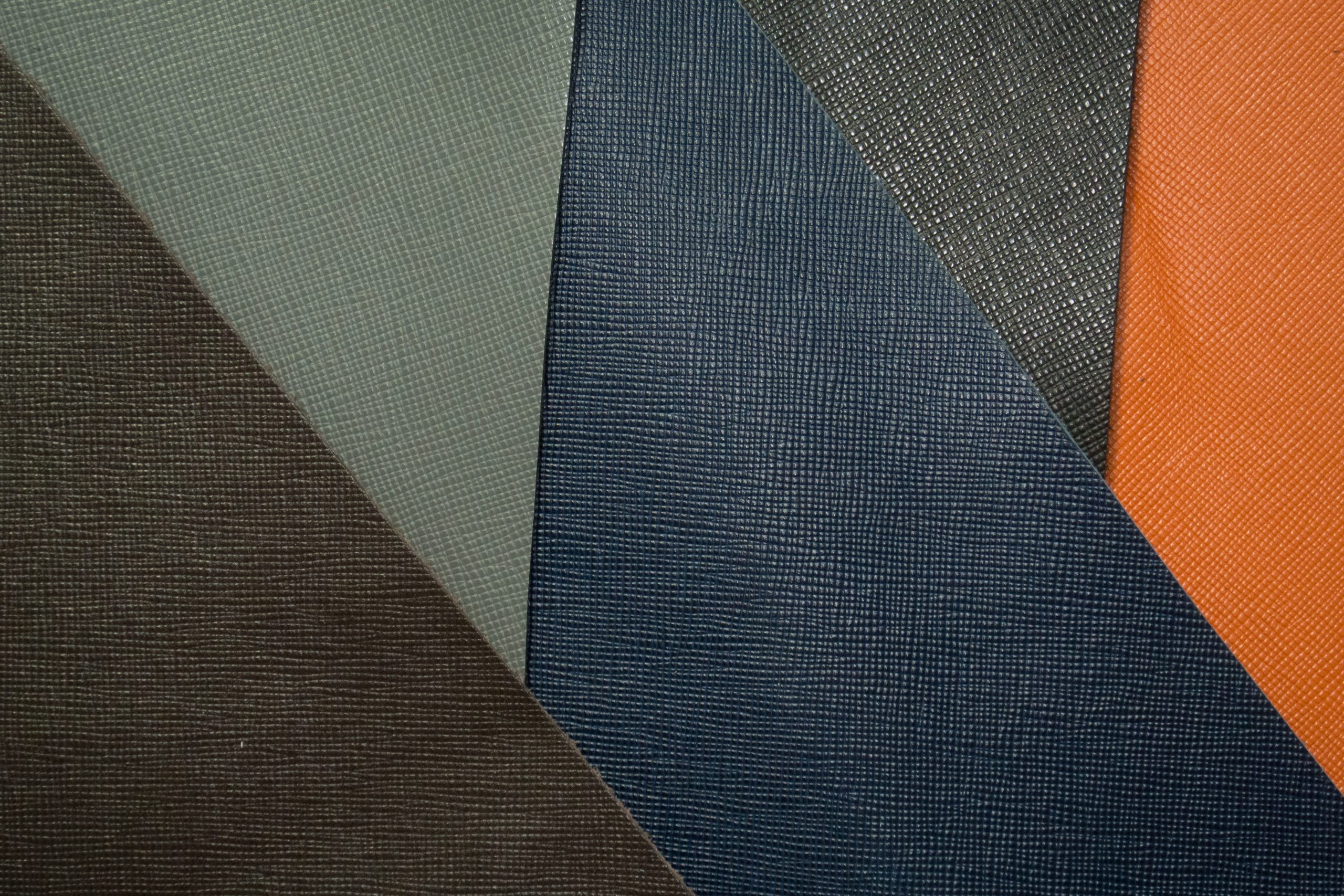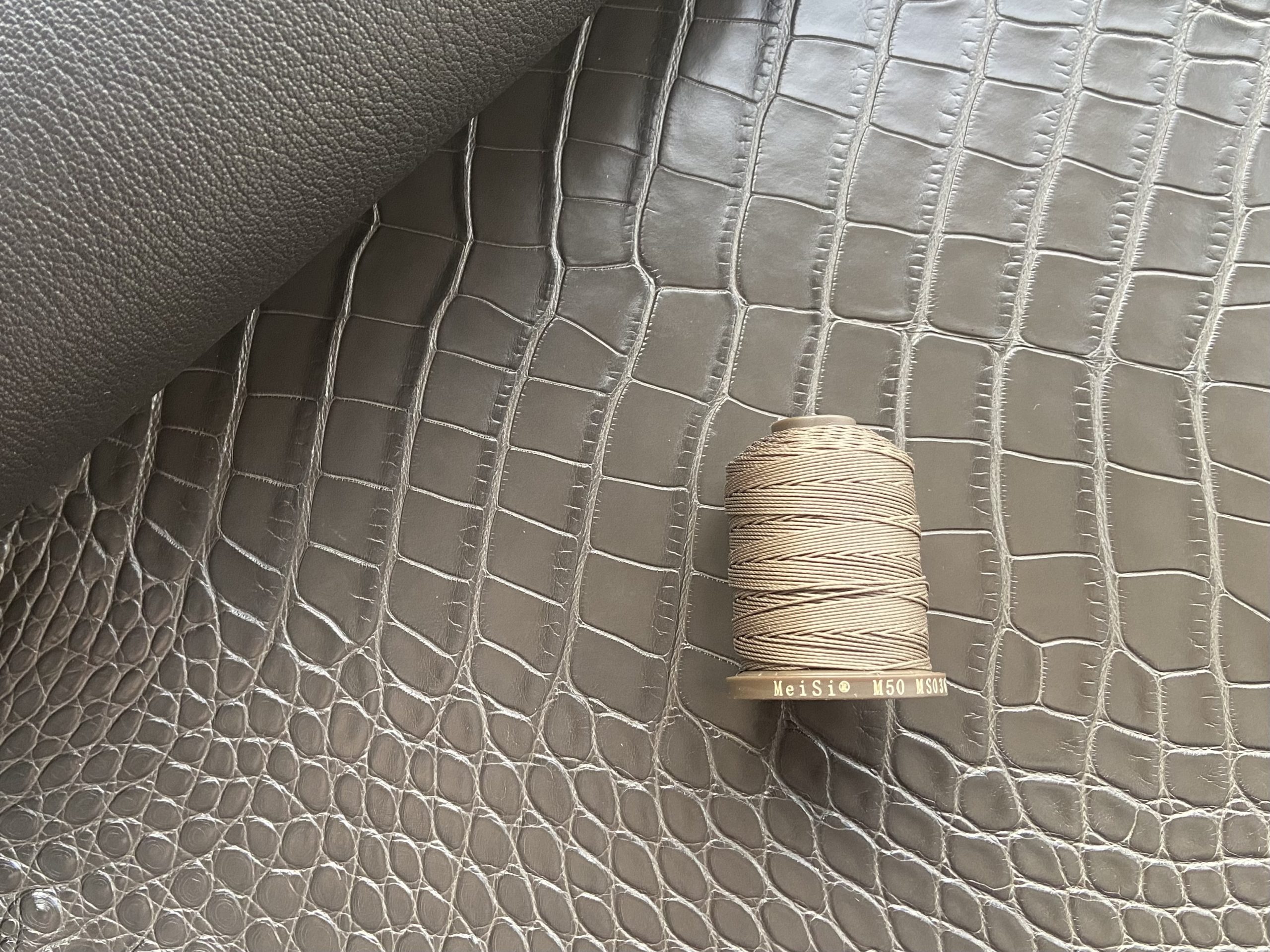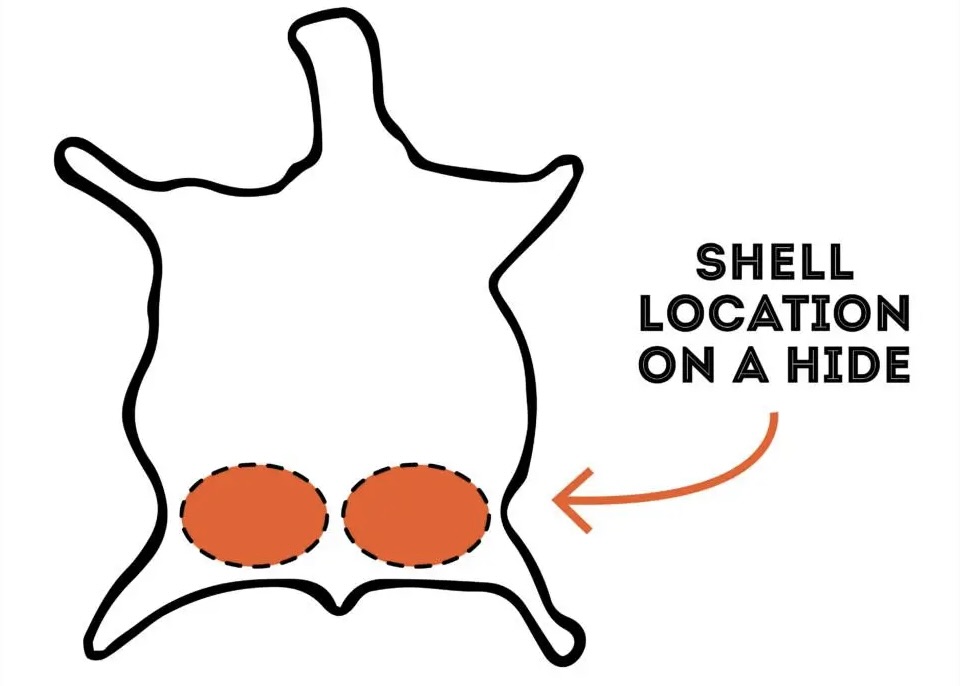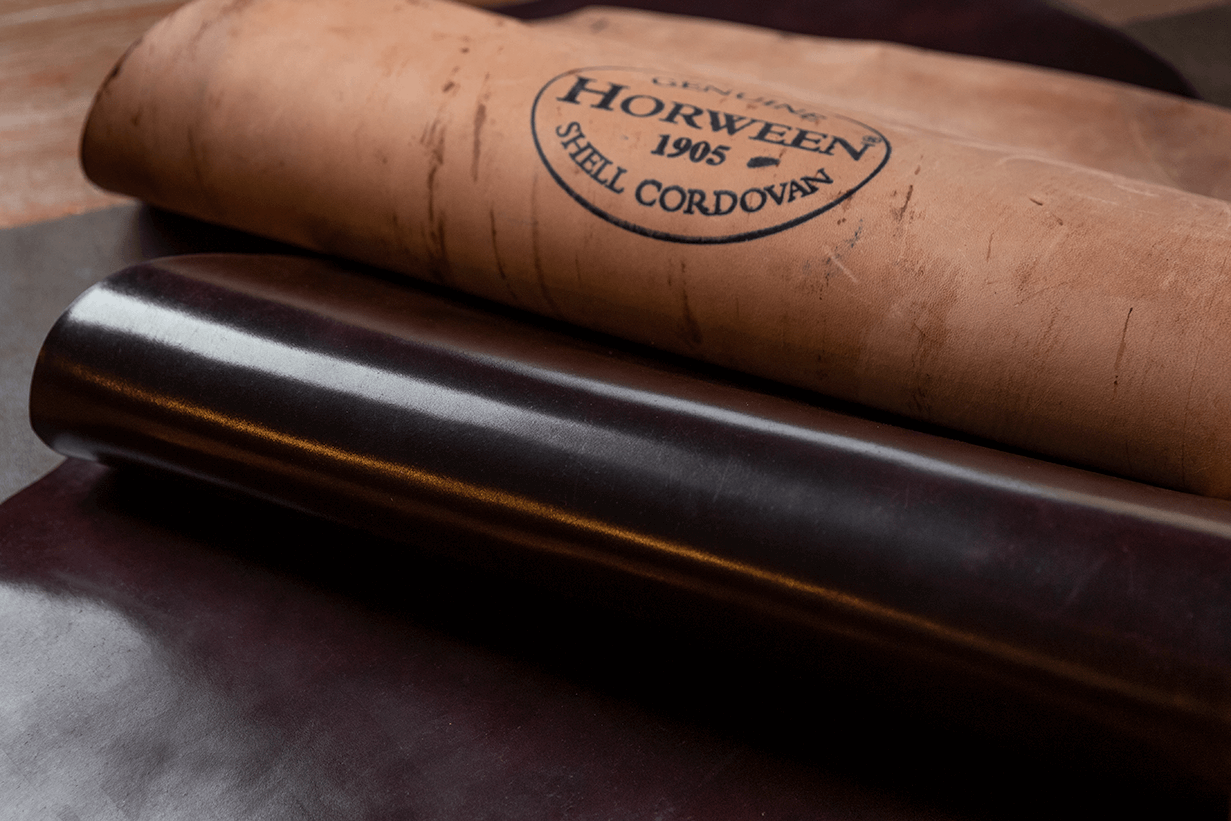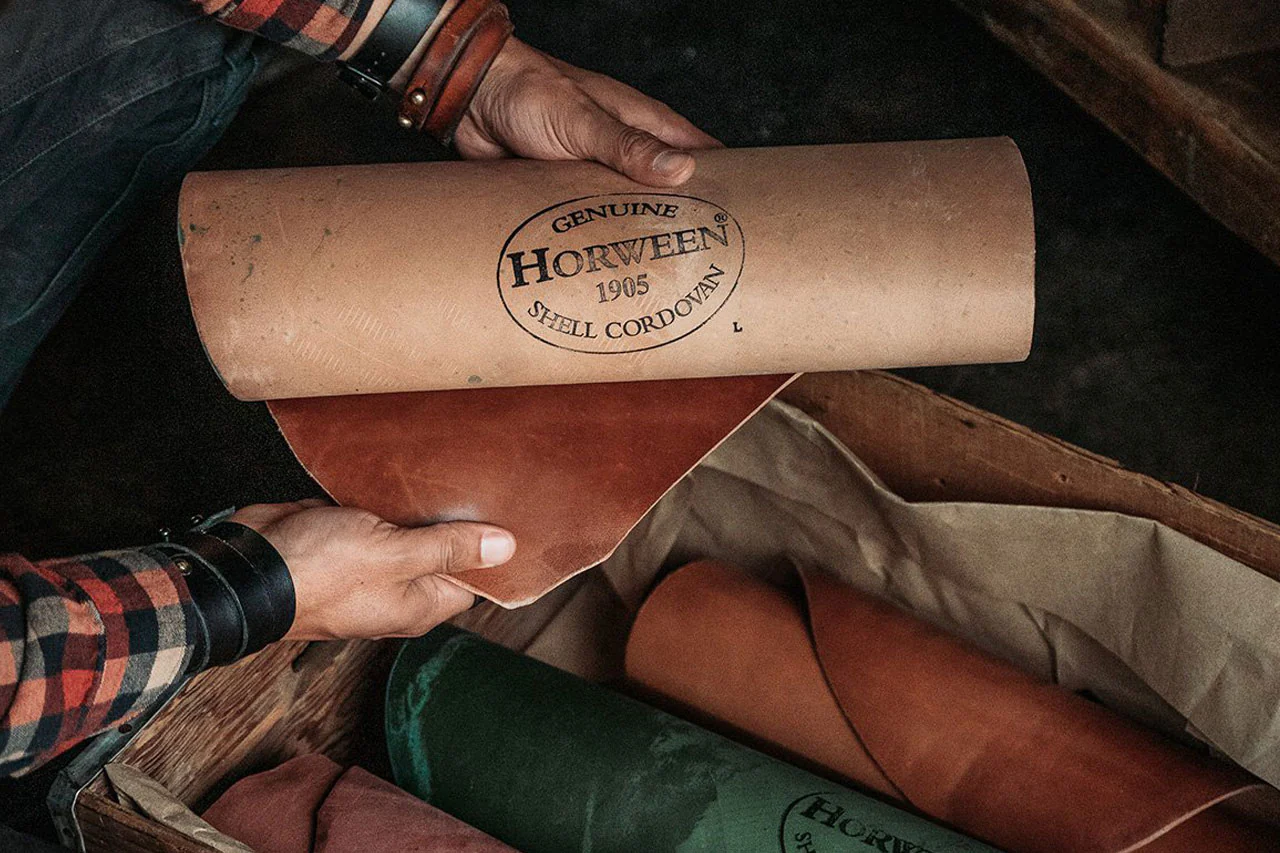Saffiano leather has a special place among connoisseurs of luxury and style. This unique leather, which received its “new name” from one of Italy’s most famous fashion houses, attracts attention with its refined texture, durability and resistance to damage.
The famous “Italian” textured leather that is used by most fashion/luxury brands in their collections. But what exactly are Saffian and Saffiano leather? And are there any differences between them? The answer to this question lies in the history of their origin.
History and origins
Saffiano leather. It is believed that the Saffiano leather finish was first introduced in 1913 by Mario Prada in Milan and later patented by them. The Saffiano model sold so well that in 1919, Prada became the official supplier to the Italian royal family. More than 100 years later, the Saffiano exploded the fashion world and still epitomises Prada products.
For reference
“Saffian” better known as “Morocco leather” (also known as Levant, French Maroquin or German Saffian from Safi, a Moroccan city famous for its leather) is a fine, soft leather of various colours, vegetable tanned usually from goat hides, less commonly from sheep, calf and foal hides. Saffian is a widely used leather for gloves, women’s and men’s footwear, traditionally associated with bookbindings, etc.
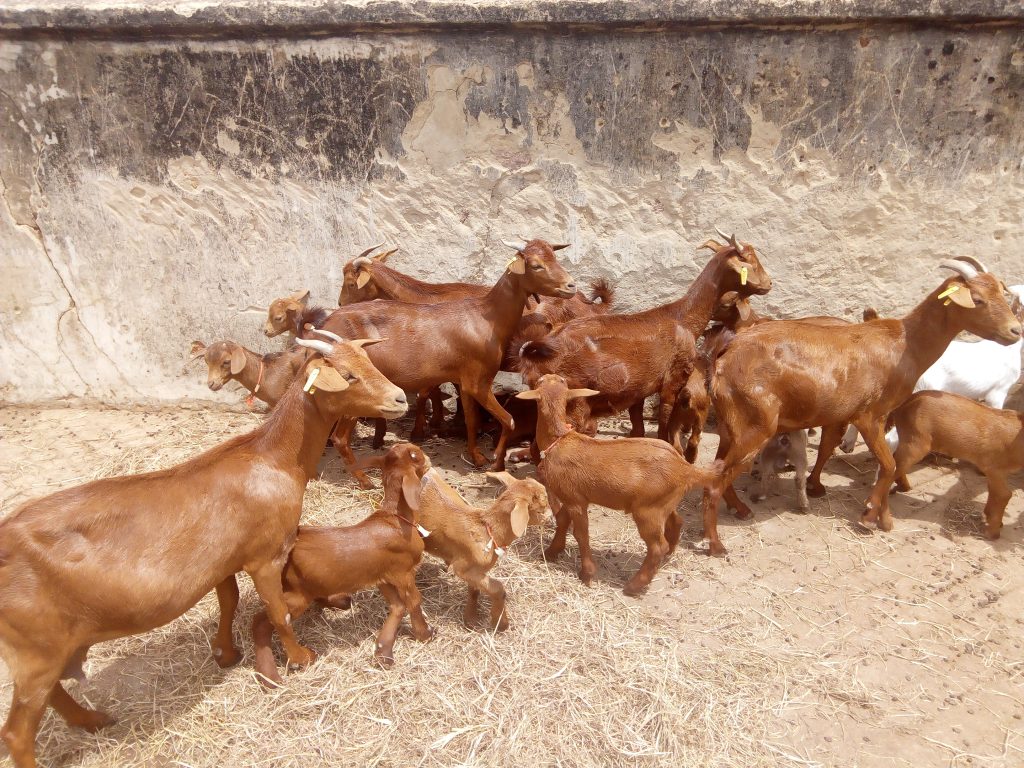
Moroccan leather was imported to Europe, where from the late 16th century it was highly valued for its special durability and chic appearance in luxurious bookbindings with special trimmings and gilding. The best Moroccan leather is goatskin, but by the end of the 19th century it was often replaced by other lower quality hides, sheepskin and calfskin. Over time, this is what led to the transformation and dilution of the concept of Saffian.
Morocco was often not the original source. Some shipments of this leather came from Anatolia (Turkey) and Northern Nigeria. The leather is derived from Red Sokoto goats. This breed is indigenous to the Guinea and Sudan savannah areas of Nigeria and the Maradi region of the Niger Republic. The tanning process varied greatly, but the traditional tanning material was sumac.
The modern “Saffiano” has little in common with the old saffian by which the material has been known for centuries. Saffiano is more of an «Italianisation” of the name, introduced by the Prada brothers.
The unique texture of Saffiano (Prada)
Prada Saffiano leather is a natural high quality calfskin leather, produced by embossing the surface of the leather, creating a characteristic cross-shaped pattern. The distinctive features of this leather are its resistance to stains and scratches, as well as its water-repellent properties. The colour range of this leather is varied and is not limited to solid colours. Two-colour variants of Saffiano are obtained by secondary dyeing after embossing.
Production process
What makes it a luxury material is not so much the leather itself, but the production process with its unique finish. The manufacturing process of this leather is complex and the technical details of its production are not disclosed. It is known that the leather goes through basic 4 stages. These are leather preparatio, heating, embossing and finishing. It is important to note that the production method may vary slightly depending on the manufacturer, the base materials used, the desired end product, etc.
- Preparation. This stage includes the tanning and dyeing process. Dyeing is optional and depends on the intended use of the final product.
- Heat treatment at 70°C (165°F). This step makes the leather more pliable to the materials applied to it.
- Embossing with a metal plate with the appropriate texture under pressure applied to the leather for about 10-15 seconds.
- Application of a finishing coat, usually containing synthetic wax. The finish makes the leather scratch and water resistant, shiny and gives it the desired look.
Thus “Saffiano” refers not so much to the type of leather, but rather to its treatment and appearance. The recognisable element of this leather is undoubtedly its texture. Prada has set a high standard and has become a symbol of durability and elegance.
After the patent expired, the world’s leather manufacturers accepted this resignation and began producing their own versions of Saffiano. Each manufacturer utilised their own production and finishing techniques as well as raw materials. This led to the appearance on the market of products differing from the original Prada Saffiano leather not only in appearance but also in quality.
Manufacturers and brands
The geography of Saffiano leather producers is no longer limited to the Tuscany region (Italy). Each luxury brand uses its own production and finishing technology. Among the famous tanneries producing Saffiano leather are Annonay (France), Weinheimer Leder (Germany), Ilcea (Italy).
The raw materials can be the surface part of the hide (top-grain) with a significant number of defects, split leather, as well as full-grain leather, including leather dyed with aniline dyes (Annonay tannery).
The tanning can be chrome or combined (chrome + vegetable tanning, as in the case of Waprolux leather from the German tanner Weinheimer Leder).
This leather remains iconic in the fashion industry. So much so that almost all designers and handbag manufacturers have Saffiano bags in their collections – for example Furla, Michael Kors, Celine, Burberry, Salvatore Ferragamo, Gucci, Dolce & Gabbana, Paul Smith, Cerruti, Ralph Lauren, Kate Spade, Calvin Klein, Montblanc, and of course Prada.
Saffiano products
From what has been written above, we can say that Saffiano is durable and is the ideal choice for leather goods. It is well suited for: travelling suitcases, handbags, briefcases, clutches, belts, wallets, card holders, etc.
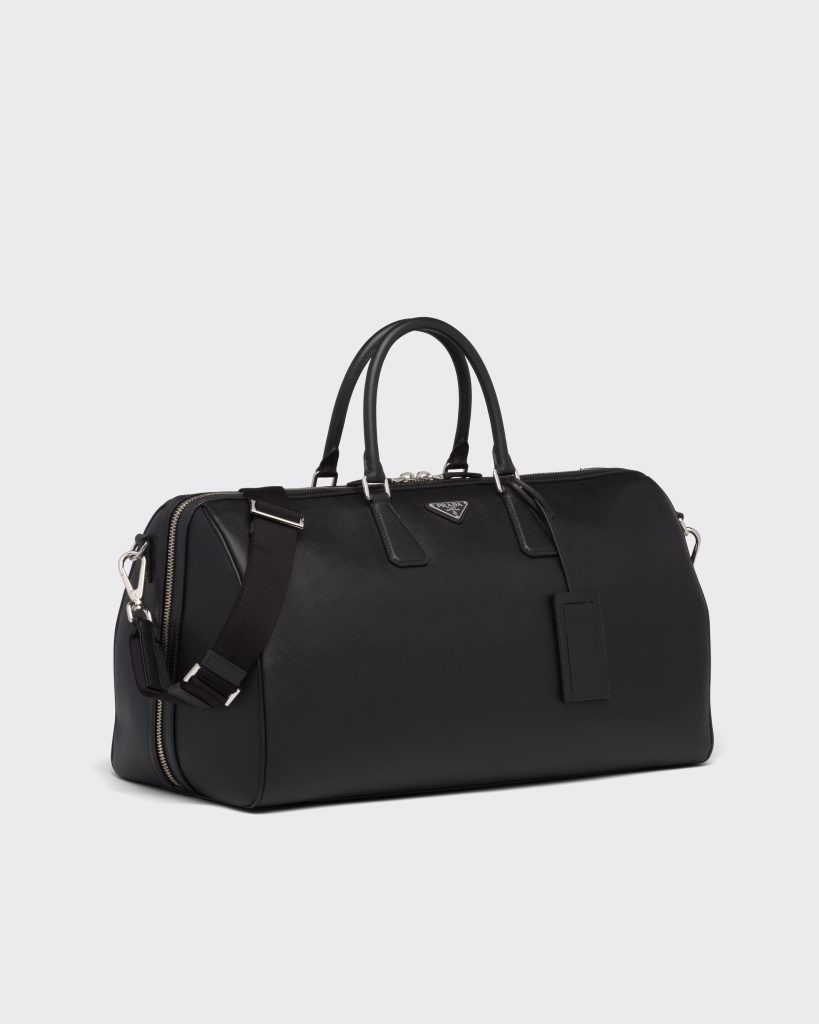

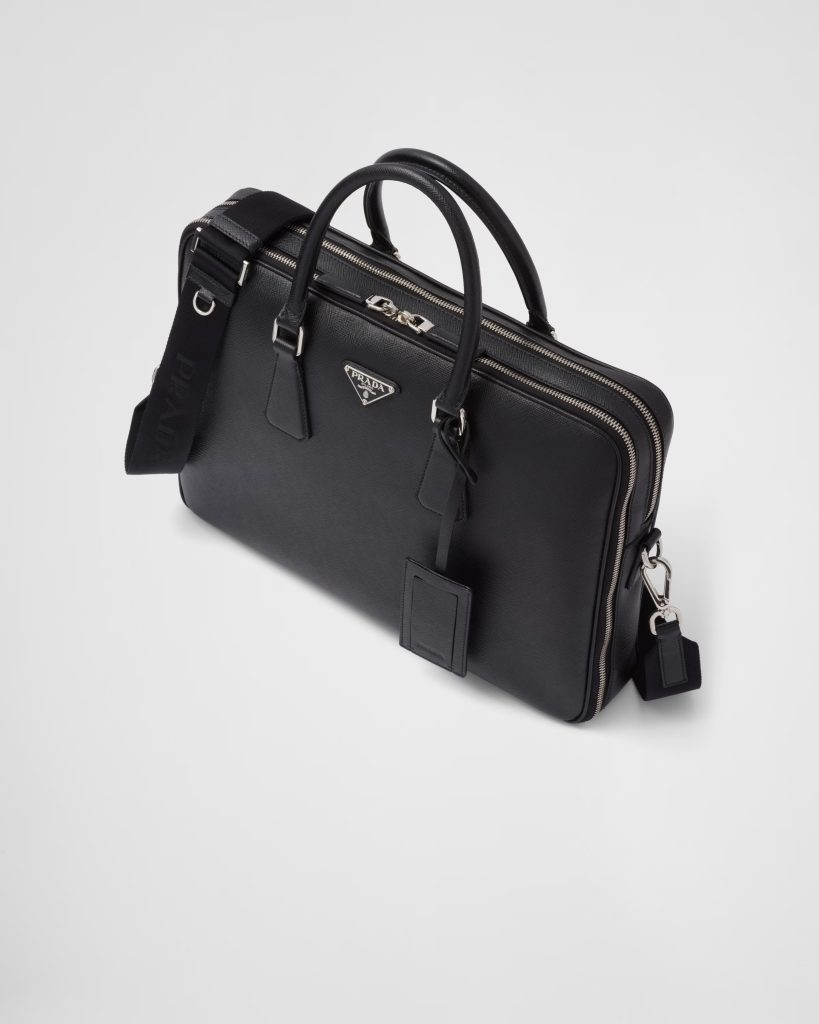
Advantages of Saffiano
Saffiano leather has many advantages that make it a unique material
Durability due to the tough wax coating. A Saffiano leather bag will withstand the wear and tear of daily use, as the leather does not crack or tear.
If scratches ever occur, they will be hard to notice because of the shaded pattern
Moisture resistance to raindrops (water). This is due to the synthetic wax coating.
Resistance of the surface to dust and dirt. The surface is easy to clean as it does not require special preparation.
Attractive due to the glossy lustre and original texture, creates a beautiful and spectacular appearance.
Disadvantages of Saffiano
Despite a number of advantages this leather also has disadvantages.
Saffiano leather has a synthetic look, odour and debatable tactile feel, different from most types of genuine leather.
Despite its resistance to abrasion, it does not resist sharp objects well, like most leather goods. Therefore, care should be taken with rough edges and sharp objects.
Once this embossing has been applied, the leather bears little resemblance to the familiar natural leather look, and its popularity has spawned the production of synthetic materials with a similar texture of dubious quality. The Saffiano finish in the form of characteristic crossed diagonal lines is also used on synthetic leathers using polyvinyl chloride and polyurethane to imitate genuine leather.
Be attentive to details when purchasing “Saffiano” leather products.
Conclusion
Saffiano leather is not just a material, it is an art that combines beauty and practicality. Its texture, strength and durability have made this leather popular with those who appreciate exceptional quality. By purchasing Saffiano leather, you are investing in elegance and durability, making your choice not only stylish but also calculated.

